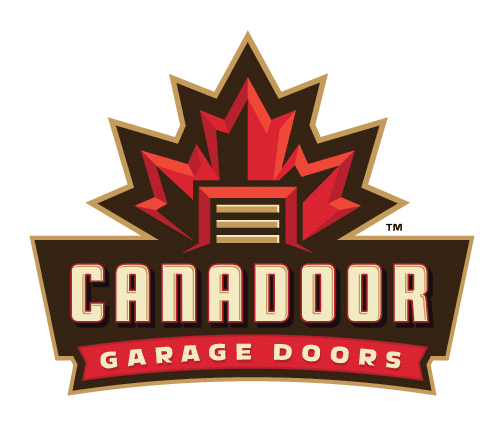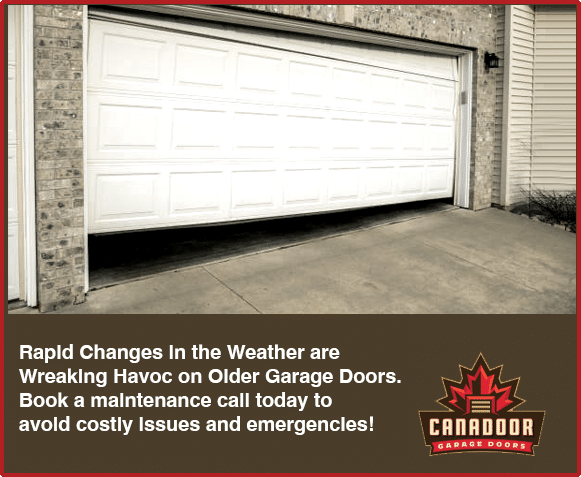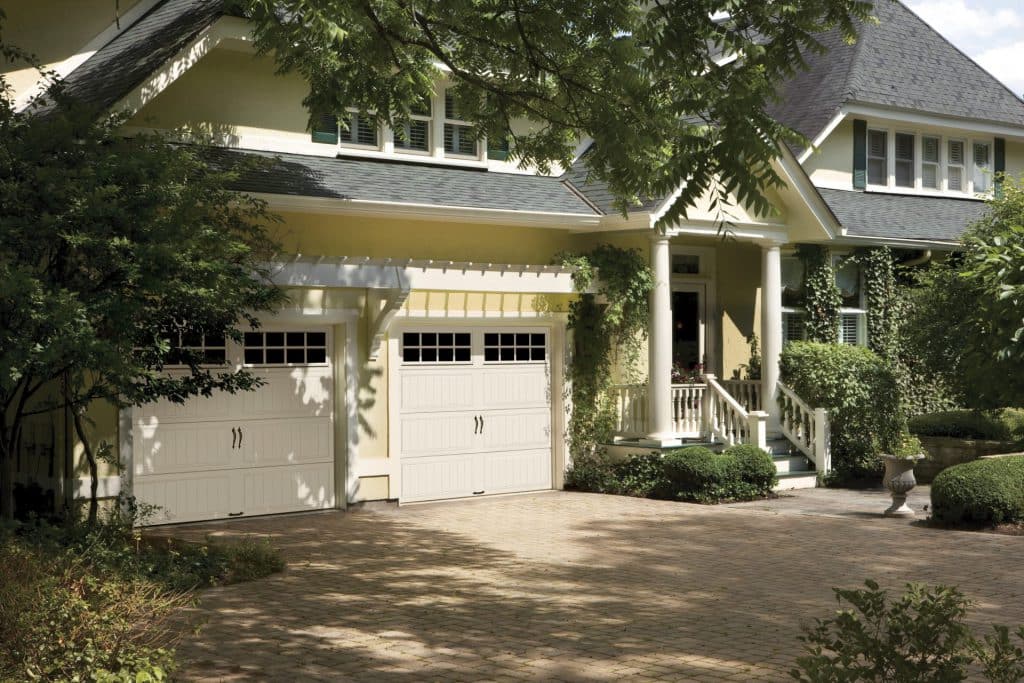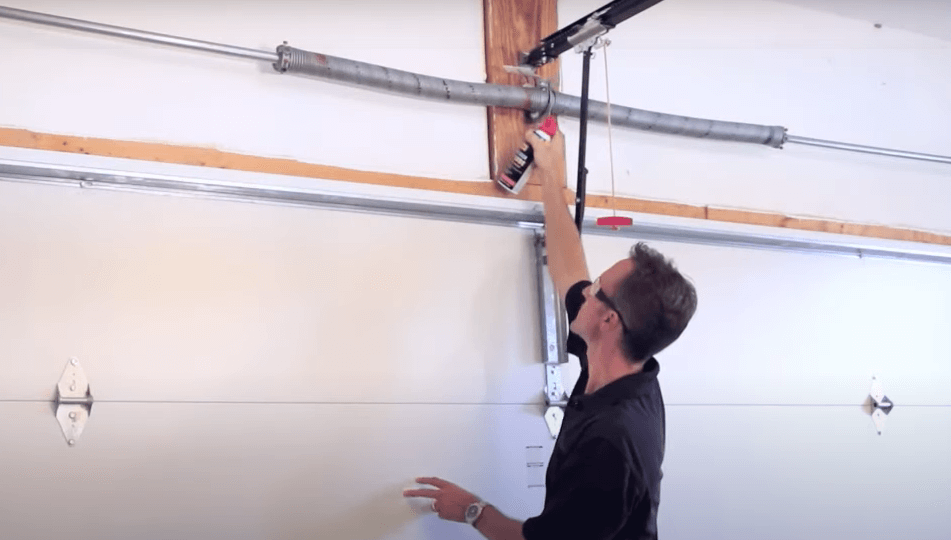Seasonal Garage Door Maintenance Tips
As the seasons change, so should your garage door maintenance routine. By following our guide to garage door care, you’ll learn tips and tricks to keep your door looking and functioning its best all year long.
Seasonal Garage Door Maintenance
It’s a good idea to watch and listen to your garage door while it’s in operation on a regular basis. You should also make it a habit to conduct your own monthly inspection, testing the door’s automatic and manual operability. Conducting these self-tests can help service experts diagnose and fix problems. Below is our recommended garage door maintenance schedule. We list a few tips for maintaining your garage in the different seasons of the year to help ensure you keep your family, friends, and pets safe.
Spring
While you’re spring cleaning, it’s a great time to clean up your garage doors after an extended cold season — especially if you’re cleaning out the garage or using it as an access point to bring out your unwanted stuff. A good clean during the spring will help clear off the layers of salt and dirt which accumulate during the winter. After washing your garage door using a mild cleaning agent, give it a dry with a microfibre cloth. Do not use pressure washers as they may damage the door’s surface.
Summer
During the summer months, we recommend doing a thorough check for rust spots, peeling paint, or issues with the garage door hardware. The warm, sunny weather makes the summer a perfect time to repair any cracks or resolve other issues with your door’s surface. It’s also an excellent opportunity to spruce up your garage door with a fresh coat of paint or stain. If you’re refinishing your garage door, keep an eye on weather forecasts for rain-free days with low humidity, as the new finish will need time to dry properly in order to reduce cracks down the road.
Fall
After doing a significant inspection and looking after any repairs over the summer, the fall is a great time to do a final inspection of your door before the harsh winter months set in. Double check the door’s hardware and make sure that any previous repairs to your door’s operation have held. The door should be properly balanced and operating smoothly. If you refinished your door over the summer, make sure that there are no issues with the new finish, such as cracking or chipping. Before the winter arrives, it’s also important to check your door’s weather seals. Keeping the gaps around the top and bottom of your door sealed will prevent rodents from entering and heat from escaping.
Winter
Your garage door can become stuck during the winter without proper maintenance. Your garage door is exposed to the elements all year round, but winter is the biggest test of your door’s performance and strength. Winter brings severe temperatures and snow that your garage door will need to endure. Do your best to keep the garage door threshold clear of snow and ice. If ice accumulates around the weather seal you may put unnecessary force on the opener mechanism when you try to enter or exit your garage. Overall, if you’ve kept your door well maintained during the rest of the year, you should be able to get through winter in good shape.
Additional DIY Garage Door Maintenance Tips
Some homeowners choose to maintain their own garage doors. Below are some of the components that you can check and our recommendations for fixing them.
Check Cables and Pulleys
Cables and pulleys support the weight of a garage door as it opens and closes. These connections can fray or lead to broken strands which can snap over time, so it’s important to inspect them regularly for wear and tear.
To check your cables and pulleys:
- Fully open your garage door.
- Visually inspect your cables and pulleys for fraying or damage.
- If you see any damage, disconnect your opener and call a professional garage door technician for repairs.
Lubricate The Roller Tracks
Lubrication will help to keep your garage door moving smoothly and prevent damage to your door’s parts. The rollers should be kept lubricated to reduce tension on both the doors and the rollers to extend their life. You should lubricate your door at least once a year, and more often if it’s used frequently.
To lubricate your garage door:
- Fully open your garage door.
- Apply a light coat of high-grade spray lubricant to all moving parts, including the hinges, garage door rollers, torsion springs, and nut joints twice a year, and then remove any excess.
- Wipe the rollers and hinges clean and apply white lithium grease.
Clear Tracks and Tighten Hardware
Another monthly task is to clear away debris, such as leaves and dirt, from your garage door’s tracks. This will help to keep your door moving smoothly. If you are using your garage as a workshop, you might also want to vacuum the tracks to clear away any sawdust or debris.
To clean your garage door’s tracks:
- Use a soft brush or vacuum to remove debris from the tracks.
- Use a mild all-purpose cleaner to clean any dirty spots.
- Check the tracks for damage and repair or replace them as needed.
- Tighten any loose bolts or screws with a socket wrench or other tool.
- Test the door to make sure it opens and closes smoothly.
You should also check that all the nuts and bolts on your door are tightened. Loose bolts or other hardware can cause your door to come off its tracks or make strange noises.
Inspect and Replace the Rollers
The rollers on top of the garage doors should be checked every two years and replaced at intervals of five to seven years. Any cracked rollers should be immediately inspected and removed by a garage door specialist. Avoid removing bottom roller brackets at each side, as they are attached with lift cables and are extremely tight due to extreme tension from the torsion assembly.
Test the Auto Reverse Safety Feature
The auto-reverse feature is a safety feature that causes the garage door to automatically reverse direction if it comes into contact with an object before it’s reached its endpoint (the ground). The endpoint is determined by the limit switch, so the system can know if there’s an obstruction in the way. If there is, the garage door should move in the reverse direction.
Try sweeping, or using another long object such as a broom, under the door near the ground as it closes to check if the sensor is working properly. The door should reverse and open again within two seconds after coming to a stop. If nothing happens, keep people and pets away from the doorway and seek assistance from a garage door expert.
Some older garage door openers may not have an auto-reverse safety feature. If your door opener doesn’t have an auto-reverse feature, we highly recommend that you buy a new opener.
Replace Weatherstripping
Over time, the plastic, vinyl, or rubber weatherstripping on your garage door can become brittle and crack. This can let in drafts and cause your energy bills to rise. You should check your weather stripping regularly and replace it as needed.
To replace your garage door’s weather stripping:
- Remove the old weather stripping from the door.
- Clean the door and tracks with a soft brush or vacuum.
- Apply a new layer of weather stripping.
- Test the door to make sure the new weatherstripping fills all gaps between the door and the garage floor.
Test The Door Balance
An improperly balanced garage door can cause the door’s path to become uneven, which places extra stress on the entire system as it operates. Its springs must have an adequate balance for releasing the door downward and lifting it up smoothly in the tracks. If you have a wooden garage door, natural warping over time can also lead to an unbalanced garage door.
This is an issue best solved by a professional due to the tension in the overhead springs and torsion assembly. When you call a garage door repair company, your observations will help the technician understand what the issue may be before arriving on site. You can test the door’s balance by observing it in operation. For example, you may notice an issue with the bottom roller bracket which causes the door to jerk when it is halfway open.
FAQs
Is It Safe To Repair A Garage Door Yourself?
Garage door repair work can be extremely dangerous without expert advice. If there’s an issue with any of your door’s moving parts, it’s always worth hiring an expert. They’ve got the experience, tools, and parts necessary to get the job done right.
How Can I Fix A Noisy Garage Door?
If your garage doors are making a sound when opening or closing, simple fixes can be done by lubricating the moving parts. However, using the wrong lubricants or greases can make issues worse, so use the appropriate grease to grease the tracks and roller wheels.
Why Won’t My Garage Door Close?
The most common cause of garage doors not closing is obstructions in the lower half of the doors. Other issues, such as misaligned sensors, can also cause the door to stay open as a safety precaution.
Conclusion
In general, it’s a good idea to watch and listen to your garage door while it’s in operation on a regular basis. Even if no problems arise, we recommend having your garage door serviced at least once a year. Preventative maintenance by service technicians will ensure that your garage door lasts longer.
We hope you found this guide helpful. Remember to always consult a garage door specialist if you are unsure about any of the steps involved in maintaining your garage door. A little bit of preventive maintenance can go a long way in ensuring the safe operation of your doors.



